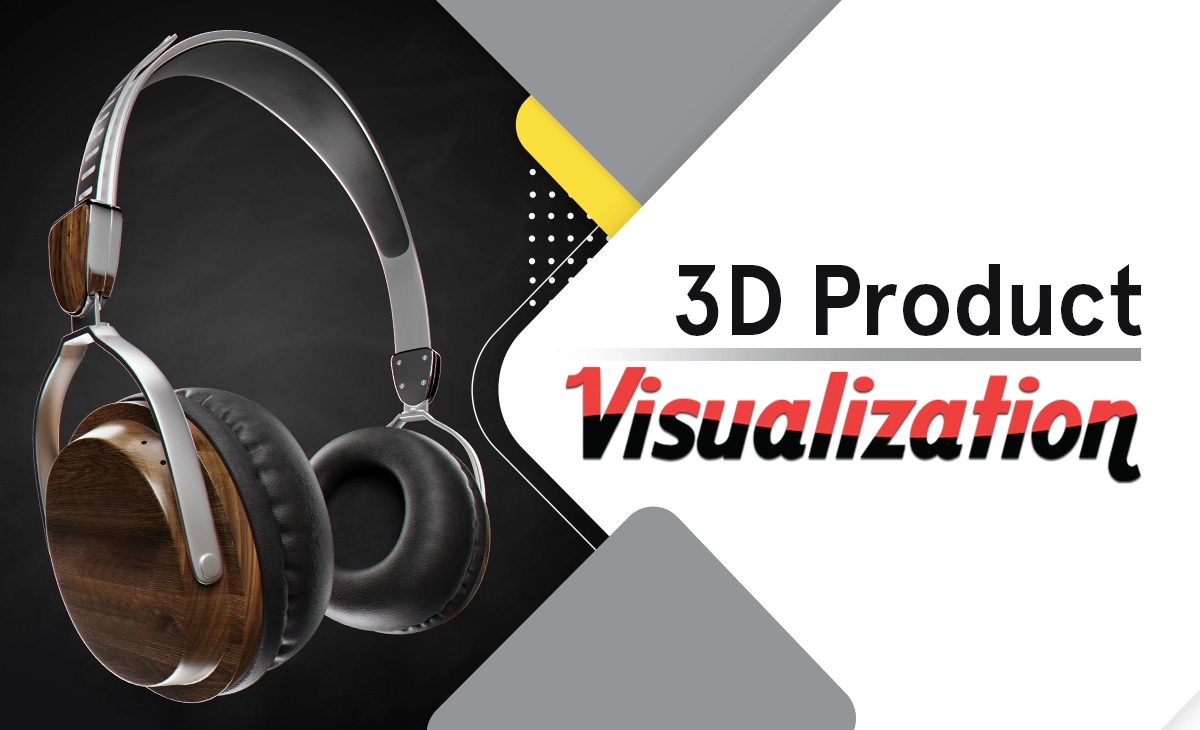3D modeling creates a 3-dimensional representation of any surface using specialized software. 3D modeling is used in various applications to make representations of physical objects on a computer. It has transformed how furniture is made and sold. Designers can now create and tweak designs with speed and precision. This means they can show customers exactly what they’re getting and make changes easily. It’s made communication between designers, manufacturers, and buyers smoother.

What is 3D furniture modeling?
This is another branch of 3D modeling. 3D Furniture modeling finds different applications in various industries, including architecture, e-commerce advertising, interior design, and product visualization. In this modeling, designers use specialized software to craft detailed and realistic 3D models of chairs, tables, cabinets, sofas, beds, and other furniture. The process of 3D furniture modeling is collecting images, correct measurements, and specifications of the piece of furniture including photographs, images, blueprints, and physical measurements of the objects.
How can 3D furniture modeling be created?
3D furniture modeling brings virtual representations of furniture pieces to life, allowing manufacturers, retailers, and consumers to visualize, and interact with them in immersive digital environments. Created through a discreet process. Here’s the process of furniture modeling.

Choose the right software
The 1st step is to choose the right software when you want to create 3D models of furniture designs. There are many software available such as SketchUp, Blender, and Fusion 360. All three software have their supportive communities and lots of tutorials on online platforms.
Reference gathering
The next step often starts with gathering references. A reference can be a photograph, sketches, technical drawings, and physical measurements of the furniture piece. This will help you understand the shape, size, proportions, style of your furniture, and details of the furniture. You can use your reference as a background image or a guide in your software or import it as a 3D object.
Use specialized modeling
The third step to creating a 3D model of furniture design is to use a specialized model or shape. With specialized 3D modeling software, the designers begin to create the basic geometry of the furniture piece. This involves constructing the overall shape using digital primitives like cubes, cylinders, and planes, or employing sculpting tools for more organic forms.
Apply textures and materials
The fourth step to creating 3D models of furniture designs is to apply textures and materials to your model. This involves creating or sourcing texture maps for materials like wood, fabric, leather, metal, or glass, and applying them to the model using UV mapping techniques. They can make your model more realistic and attractive. You can also adjust the setting roughness, reflectivity, and transparency to achieve the desired look.
Add lighting and rendering
The fifth step to creating 3D models Of furniture design is to light shadows on your model. Lighting and shadows play a crucial role in creating mood, atmosphere, and contrast in the furniture model. They can also enhance the details and features of your furniture model.

Post-processing your model
The final step to creating 3D furniture modeling designs is to render and export your model. Rendering is the process of converting your 3D model into a 2D image or a video that shows how it will look in the real world. The model is rendered into 2D images or sequences using rendering engines like Arnold, V-Ray, or Blender Cycles, resulting in photorealistic images or animations. Rendering can take a lot of time and resources, depending on the complexity and quality of your model.
Why is 3D Modeling Important in the Furniture Industry?
The first benefit of 3D modeling is a snappy, and cost-effective development process. Having a model during the design process improves understanding of a project, which is crucial for manufacturing. You can get an opportunity to display the entire collection in different styles or different ways. It plays a crucial role in the furniture industry for several reasons such as visualization, customization, prototyping, marketing, and sales.
Benefits of 3D CAD Modeling For the Furniture Industry
CAD software enables developers to work more quickly, cut production costs, and, ultimately, complete projects more quickly.
Enhanced Visualization
CAD modeling helps designers and clients visualize the final product before manufacturing, reducing the likelihood of costly errors or misunderstandings. It enables us to visualize the final models more accurately. 3D CAD models provide realistic visualizations of furniture designs from different angles and perspectives.
Effective Communication and Collaboration
CAD models serve as a common visual language that can be easily shared or communicated with clients. This improves clearer indication, reduces misunderstanding, and helps to make collaborative discussions. Establish clear communication channels, such as email, instant messaging, or project management platforms, for sharing updates, and feedback, and addressing questions about CAD modeling projects.
Global Accessibility
With 3D visualization, customers from anywhere in the world can explore and purchase furniture without needing to visit physical stores. This expands the market reach for furniture retailers and opens up opportunities for international sales. This increases the e-commerce.
Customization and Personalization
3D CAD modeling enables easy customization of furniture design to meet the specific requirements of the clients. It creates personalized products to fulfill the client’s demand and modify dimensions, materials, colors, and other parameters. Once the design is finalized, CAD models can be used to generate manufacturing documentation. CNC machining, 3D printing, and other automated manufacturing processes can then be employed to produce customized furniture pieces with precision and consistency.
Reduce Manufacturing Waste
To see your final product before it is manufactured is the main benefit when you outsource 3D CAD Modeling. Also, you may test your items virtually. Furniture design is a perplexing art form, so it’s critical to communicate or use it before it begins. 3D furniture modeling is one of the greatest techniques to bring out this. This integration streamlines the transition from design to production, improving efficiency and accuracy.
Marketing
3D modeling has revolutionized marketing in the furniture industry. By creating highly realistic virtual representations of furniture products, marketers can showcase their offerings in a visually compelling way. This allows customers to see how the furniture will look in their space before making a purchase. Additionally, 3D models can be easily integrated into online platforms, enabling customers to interact with products from the comfort of their own homes. This immersive experience enhances engagement and increases the likelihood of a sale. Moreover, it enables marketers to create dynamic and customizable content for various marketing channels, including websites, social media, and digital advertising. Overall, 3D modeling helps marketers better showcase their products, engage customers, and drive sales in the competitive furniture market.
Conclusion
3D modeling has changed the furniture industry big time. It makes designing and making furniture faster and easier. With 3D modeling, designers can try out different ideas quickly and show customers what the final product will look like. This helps everyone involved work together better and make furniture that fits people’s needs perfectly. As 3D modeling technology gets better, it will keep on shaking things up in the furniture world, making everything faster, better, and more creative.







